Installation
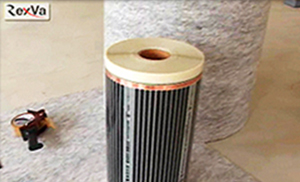
01 Inspection before installation
Heating load calculation and power consumption checking
Heating load = 550W/h/3.3 Sq.M
installation area(3.3 sq.M)
W(Electric power consumption) = V² (voltage) / R (resistance)
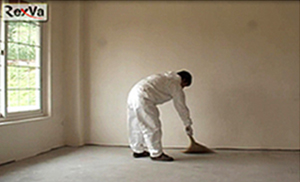
02 Cleanliness check and maintenance
Make cleanliness check before installation to prevent installation problems caused by foreign substances
Maintain cleanliness through continuous removal and cleaning of foreign substances before installation
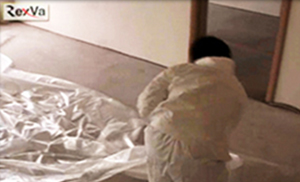
03 Installing waterproof sheet
Installing vinyl plastic sheet to prevents the moisture
Installing vinyl plastic sheet to prevents the moisture condensation and water invasion
Installing vinyl plastic sheet to prevents the moisture when install heating film in semibasement or place where the moisture condensation is severe
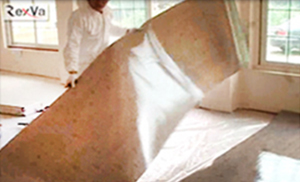
04 Apply insulation pad on th heating film
Insulation has a heat preservation effect that protects heat dissipated from the film, and it also affects electrical efficiency and electricity rates, so care must be taken when selecting insulation.
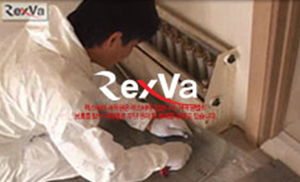
05 Cutting insulation pad
Cut up the insulation pad to have it fit the corner of floor area

06 Fixing insulation pad
Fixing installation pad by attaching with tape between the insulation pad installed on the floor.
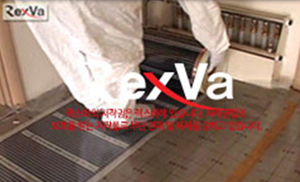
07 XiCA heating film installed over the applied insulation pad
When installing the film, be sure to perform the film work with the shoes and sneakers removed.

08 Cut the XiCA heating film to fit the corner of floor area
When cutting the film, Please cut the central part of the P. E. T side without carbon strip .
If the carbon heating part is cut, a short circuit or heat generation function may occur.

09 Placing heating films
Please install the film so that the film does not overlap with each other . (It is recommended that there is no separation between film and film.)

10 Fixing heating film to insulation
Fix them with taping the heating film on the insulation pad
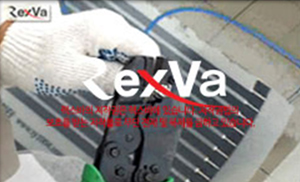
11 Connect the electric wire to the terminal
Connect the electric wire to the terminal using a crimper
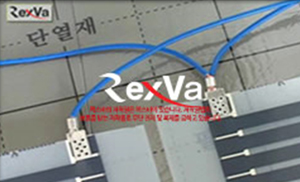
12 Terminal connection
We recommend that the Professional companies use soldering connection method
Connect the terminal to the wire and connect it to the copper busbar side of the heating film

13 Resistance value measurement and total power consumption calculation
Calculate the total power consumption by measuring the total resistance of the films connected in parallel.
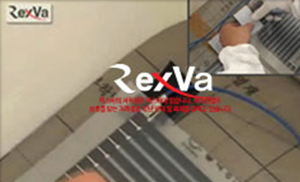
14 Insulation of connected connectors
Attached insulation tape to the connected connectors to insulate all of them .
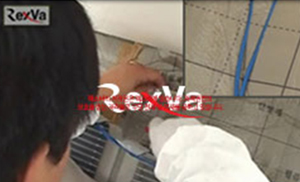
15 The insulation pad treatment
Cut the insulating pad and insert the part of the heating film finished with insulating tape and the wire into the inside of the cut part so that the heating film not to protrude.
The distance between the insulation pad and the wall should be maintained about 5mm to prevent the problem of expansion of the insulation pad due to temperature rising.
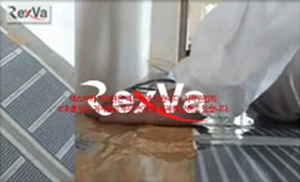
16 Tape treatment
Complete insulation wires and terminal with taping .
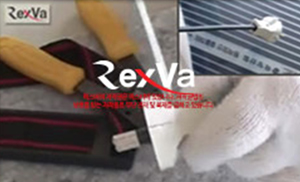
17 Power cord connection
Connect the power cord to supply power to the thermostat.
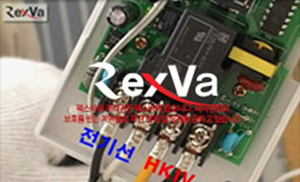
18 Connect thermostat terminals
Connect the power cable from the breaker to the two "IN" terminals on the thermostat, and connect the two "OUT" terminals to the film. And the two "SEN" terminals connect the temperature sensor wire. If the temperature sensor is not connected to the "SEN" display terminal, it is automatically switched to the timer mode (1st stage, 2st stage, 3st stage to 10st stage) .

19 Complete the installation of thermostat
After attaching the thermostat to the wall, connect the power supply to complete the thermostat installation.
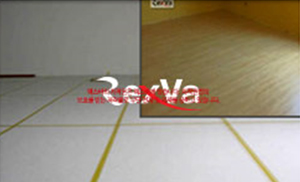
20 Installing the protective material and complete the finishing process
Installing the protective material and complete the finishing process
Materials
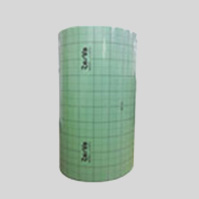
Insulation pad: maximizing the heat insulation effects
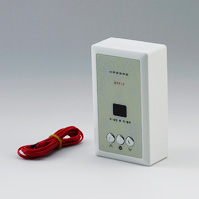
Thermostat
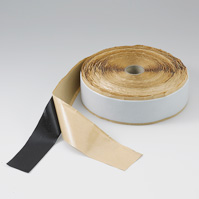
Insulation tape
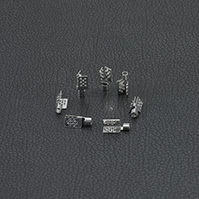
Terminal (used for wire connection to film)
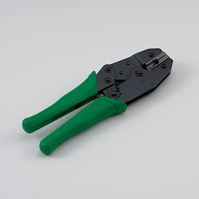
Terminal pliers
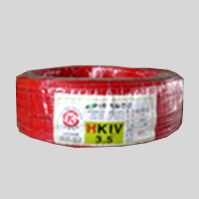
Electric wire
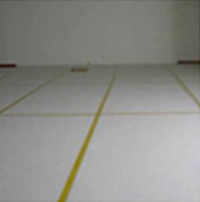
Material for protecting heating film
Dissipate heat from the heating film to spread the heat evenly
Protection from direct harm or marking on the film
Precaution
Before installing, make sure the surface of the construction must be even to prevent the film from bending, and foreign matter must be removed.
Install the Film without water and moisture on the surface, and perfectly removing it if there is any
When installing heating film, do not use glass fiber insulation pad or insulation oad with a rough surface to make sure avoid any damage on the surface of heating film .
Be careful that do not to drop things nor step on the film surface by shoes while working.
Must not use paint, colorant or hardened adhesives as a finished material due to cause of discoloration by direct heat or spilt.
In order to maximize the heating effect of thermal insulation pad and finishing materials, it is necessary to consult with a company specializing in insulation materials and construction engineers depending on the construction site.
When cutting the film, cut so that the length of one side does not exceed the specified power (Watt) value and 80% of the temperature controller capacity.
※ Electric power(Watt) calculation method = V² / R (v = Voltage, R = Resistance)
※ Heating Film installation length and temperature controller capacity
| Item | Current Per ㎡ | Stright Max length | 4Kw thermostat capacity |
| Heating Film | 0.9A | 50Cm*16M | 50Cm*16M*2lines |
| 80Cm*10M | 80Cm*10M*2lines | ||
| 100Cm*8M | 100Cm*8M*2lines |
Other matters related to film installation should be discussed with installation engineers and heat installation companies according to the site conditions.
Considering the external environment, using purpose, and predictable environmental conditions, it is recommended to add about 20% of the calculated calorific value and install it after review.
